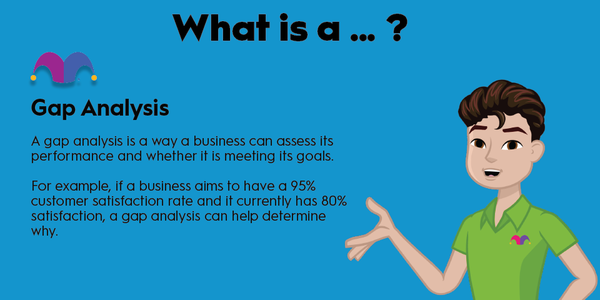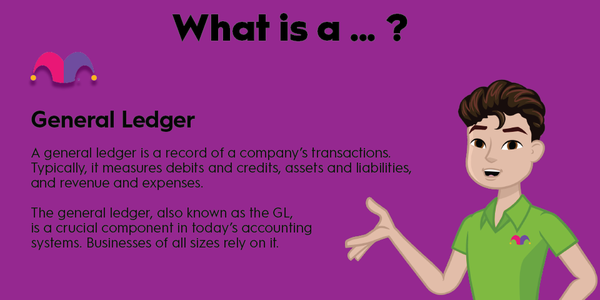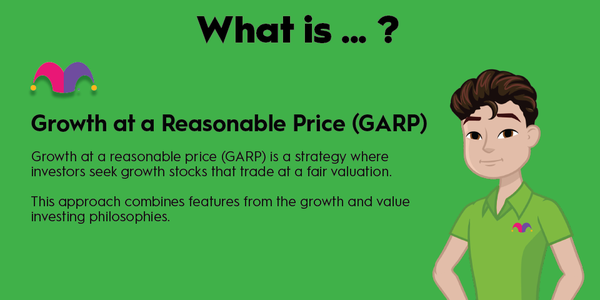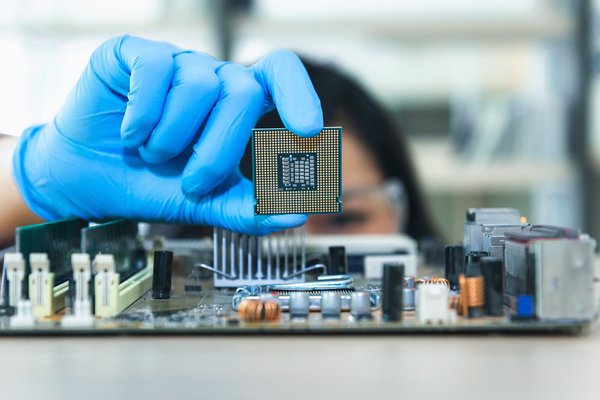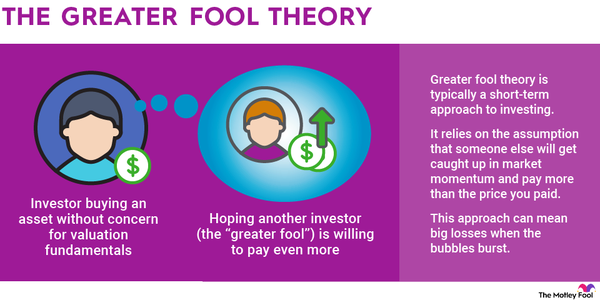You have probably heard the term "generative AI" tossed around in tech circles or investment discussions. It's one of those buzzwords that seems to be on everyone's lips nowadays, starting when OpenAI released the ChatGPT tool in November 2022. But the name alone doesn't really explain what's going on, and there are many ways to look at this interesting toolkit. So it's time to demystify this stilted tech jargon.
What is generative AI?
What is generative AI?
Generative AI is a subfield of artificial intelligence (AI) where computer systems create new content. It's like a digital Picasso, Shakespeare, or Mozart, generating complete works of creative text, images, music, or even entire virtual worlds.
It's the secret sauce behind those eerily realistic deepfakes and the creative genius behind AI-composed symphonies. These tools can be quite powerful, but they are not digital magic -- the quality of an AI-generated creative artifact rarely matches the quality of a competent human creator.
Why should I care about generative AI?
Why should I care about generative AI?
Imagine a world where AI can write a best-selling novel, design a skyscraper, or even create a blockbuster movie. In the long run, that's the potential of generative AI. It's not just about creating content; it's about pushing the boundaries of creativity and innovation.
Generative AI is also a potential game-changer for businesses. It can automate content creation and personalize user experiences. With this tool in your pocket, you can create good-looking marketing campaigns from scratch, complete with AI-written text and computer-generated images.
But like any powerful tool, generative AI has its dark side. It can be used to spread misinformation, create deepfakes, or even commit fraud. It's a double-edged sword that nobody knows exactly how to handle yet. The companies behind high-powered generative AI systems must balance unfettered creative ability against the legal and ethical ramifications of doing the job too well. Furthermore, the AI systems are trained with reference to existing works of art, literature, music, architecture, and so forth. It's not always clear how much of the credit for an AI-generated piece belongs to the system and how much is a direct copy of a human artist's original work.
And the computers still need a fair bit of human hand-holding. The auto-generated output is only as good as the human instinct and analysis that went into the text-based instructions and other inputs. The robots are not ready to take over our creative jobs.
What can I do with this information?
What can I do with this information?
As an investor, you can ride the wave of generative AI. Companies that leverage this technology have a competitive edge, and investing in them could yield significant returns as the market develops.
Consumers can already enjoy the fruits of generative AI. From personalized recommendations to AI-generated art, this technology can enrich your life in countless ways. But be aware of the potential pitfalls. Always question the source of the information and be critical of what you consume.
Related investing topics
Generative AI in action
Generative AI in action
Some of the coolest generative AI systems out there combine the language processing smarts of a chatbot with powerful image generation tools.
The early leaders in this particular field include OpenAI's DALL-E 2, Adobe's (ADBE 0.87%) Firefly, the independently developed Midjourney, and the self-funded Leonardo.AI. Each platform has its own benefits, downsides, and quirks, but all can turn plain text instructions into stunning images in just a few seconds.
However, designing the instructions in plain old English is arguably an art form in itself. For example, I wanted to provide some sample images for this overview, so I asked Leonardo.AI to show a "fool" shaking hands with a robot. After several rounds of trial and error, this was the best I could do:

As you can see, I couldn't quite persuade Leonardo.AI to make one robot and one human fool. Elements from the two supposedly separate characters kept crossing over to the other. The jester has a robotic hand, and the robot has a human harlequin's face. Also, the system isn't good at creating complicated patterns such as handshakes, chess boards, or musical instruments. So it may be a thrilling little image, but not exactly what I wanted.
Simpler instructions can generate better results. In this case, I dropped the robot from Leonardo.AI's instructions and ended up with some really nice jesters, like this one:
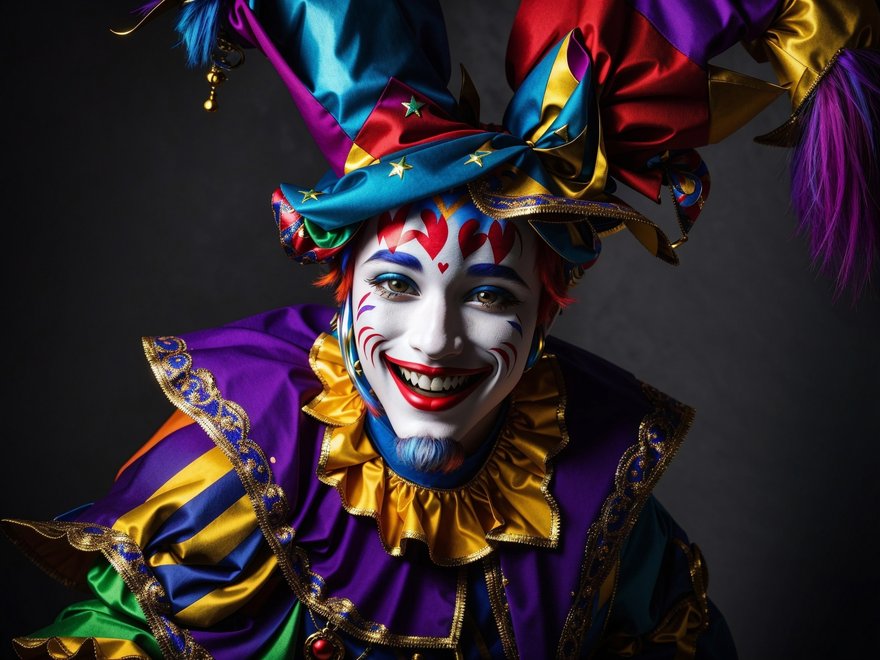
Feeding the same instructions into another generative AI system can give you dramatically different results. This is what OpenAI's DALL-E 2 did with the same instructions that resulted in the images above:
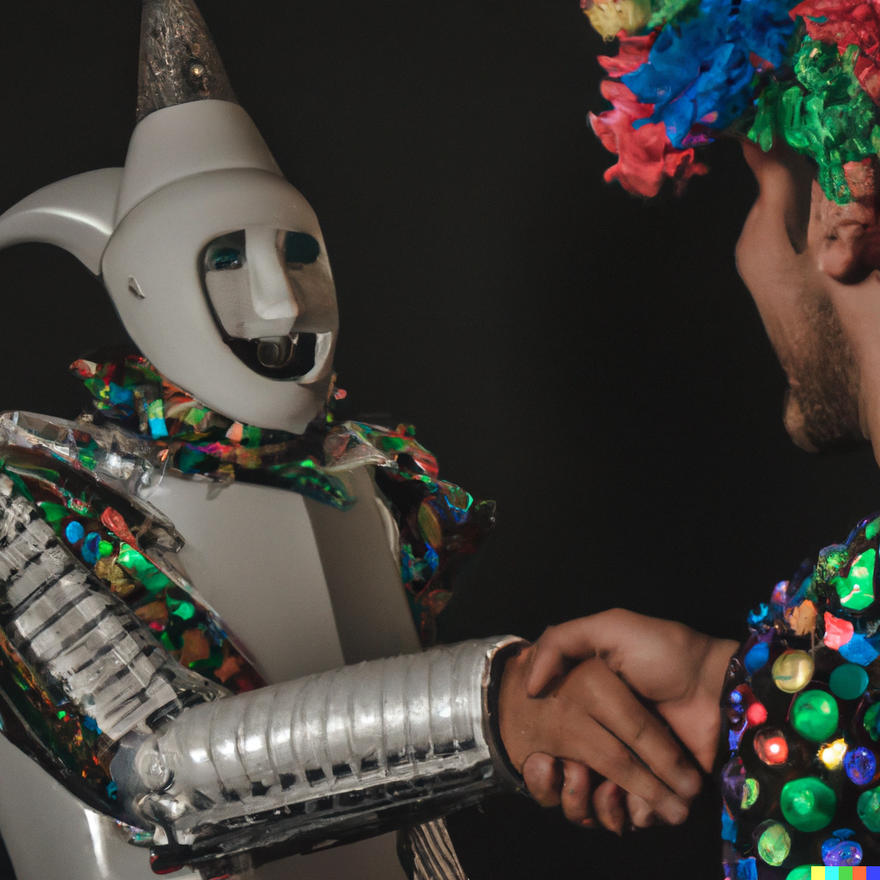

For better or worse, those are very different takes on the same lines of textual description. Midjourney and Firefly would also take these English input strings in unique directions. It's up to humans to figure out what AI models we like for each project and how to craft instructions that return useful results.
These systems will surely evolve, learning new tricks and getting better at visualizing our image descriptions over time. The same goes for the other types of generative AI systems discussed above.



